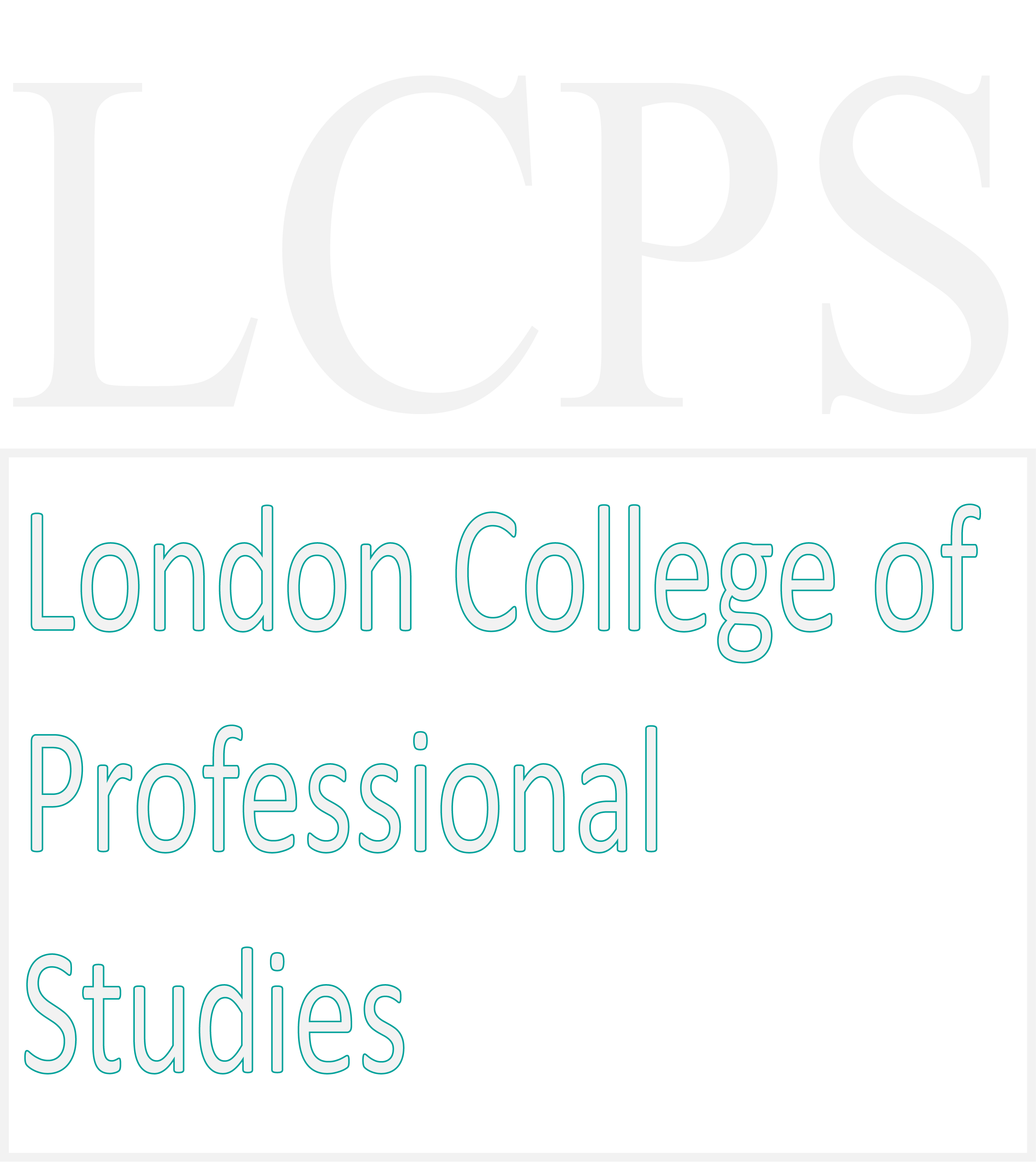Multicultural education: Benefits and its types
March 15, 2022 2022-03-15 19:52Multicultural education: Benefits and its types
Multicultural education: Benefits and its types
Introduction
Multicultural education encompasses any type of education or teaching that combines the traditions, literature, morals, opinions, and viewpoints of people from many cultural groups. Teachers, for example, may adjust or combine activities in the classroom to represent the cultural diversity of the learners in a given class. In many contexts, “culture” is described generally as including colour, race, country, languages, faith, class, sexuality, and sexual orientation.
In general, multicultural education is founded on the basis of equal opportunity for all learners, regardless of ethnicity, and it works to remove obstacles to education, opportunity, and progress for students from diverse cultural backgrounds.
Multicultural education also considers that students’ learning and thinking styles are strongly affected by their ethnic and cultural backgrounds, and that effectively teaching culturally diverse pupils necessitates instructional techniques that respect and recognise their cultural origins. In this way, multicultural education seeks to increase the learning and progress of students, particularly those from traditionally underrepresented ethnic groups or those who have lower academic accomplishment and fulfillment.
What types of cultural diversity can be found in schools?
Each student is unique, even if they share a great deal in common. To promote cultural awareness, teachers must analyse all of the cultural variables that can affect your students’ beliefs, emotions, and behaviours. Common cultural differences include the following:
Color
It’s critical to understand how skin colour has influenced the culture of UK and how it can influence students’ impressions of one another and themselves.
Ethnicity
While ethnicity is occasionally used interchangeably with race, it is more precisely defined as the culture we inherit from our origins. Ethnic distinctions manifest themselves in all immigrant groups and can last for decades. Understanding these distinctions might help you become more aware of your students’ interests and perspectives.
Religions
Teachers should get familiar with the fact that not everyone worships in the same way or that some people don’t worship at all. It’s good to learn about how religious traditions and rules can affect your students’ behaviour and free time, even if they don’t worship at all.
Language
Language obstacles should not be used to stop education. For people who speak English as a second language but aren’t fluent, instructors should be able to make reasonable adjustments in the workplace.
Economics
The financial situation of a student’s family could have a big impact on how he or she grows up.Instructors should be aware of how financial constraints can make students unhappy in the classroom and make it hard for them to get good grades in school.
LGBTQ
The sexual preference and/or gender identity of a student can cause problems in their lives. Cultural diversity in schoolshould not be a source of debate among students or teachers.
Benefits of Multicultural classroom
A multicultural classroom has numerous advantages for learners. Here are a few examples:
-
Encourages understanding and tolerance in a learning setting
A multicultural education means providing learning opportunities to students from a variety of ethnic, cultural, and socioeconomic backgrounds. It enables pupils to learn skills and cultivate a positive mindset in order to connect, socialize, and inspire acceptance and tolerance with people from many cultures in order to build a moral and social community. Every year, a Multicultural Day is observed to involve students, instructors, and parents in a worldwide context. The entire community comes together to unite over sports, food, and by dressing up in traditional clothes and conducting traditional songs and dances.
-
Students are confronted with a variety of cultures
One of the most significant reasons why a multicultural classroom is advantageous is that kids are encouraged to learn about the cultural origins of their classmates. S tudents from many cultures are provided opportunity to debate and express their cultural experiences. At school, several international festivals are observed, including Japanese Children’s Day and Diwali. Students connect with members of diverse communities and gain firsthand knowledge of many celebrations, such as eating Japanese goodies on Japanese Children’s Day or clothing up in traditional Indian costume on Diwali.
-
Teaches a diversity of viewpoints
Multiple views and ideas are presented in class. The multicultural classroom enables learners from many cultures to bring their vast array of experiences, information, viewpoints, and ideas to the classroom. Teachers are encouraged to include learning experiences and content that are relevant to their own cultural viewpoints and background. Teachers also attend Professional Development Days to keep informed of new instructional methods that suit multicultural students’ needs. The Contextual Learning curriculum also helps students learn about other cultures by letting them do things like yoga and Indian art.
-
Promotes critical thinking
Students are allowed to analyze instructional materials in order to detect potential prejudice or bassed content. Both teachers and students analyze their own cultural beliefs and then explore how study materials, instructional techniques, and school policies reflect and can be adjusted to reduce bias.
Conclusions
The advantages of diversity in education are far-reaching, influencing students’ academic and social achievements as well as their future opportunities.
Finally, research suggests that cultural diversity in schools, particularly on college campuses, improves intellectual engagement, self-motivation, patriotism, and cultural involvement, as well as cognitive qualifications such as critical reflection, addressing solutions, and writing among students of all races.








